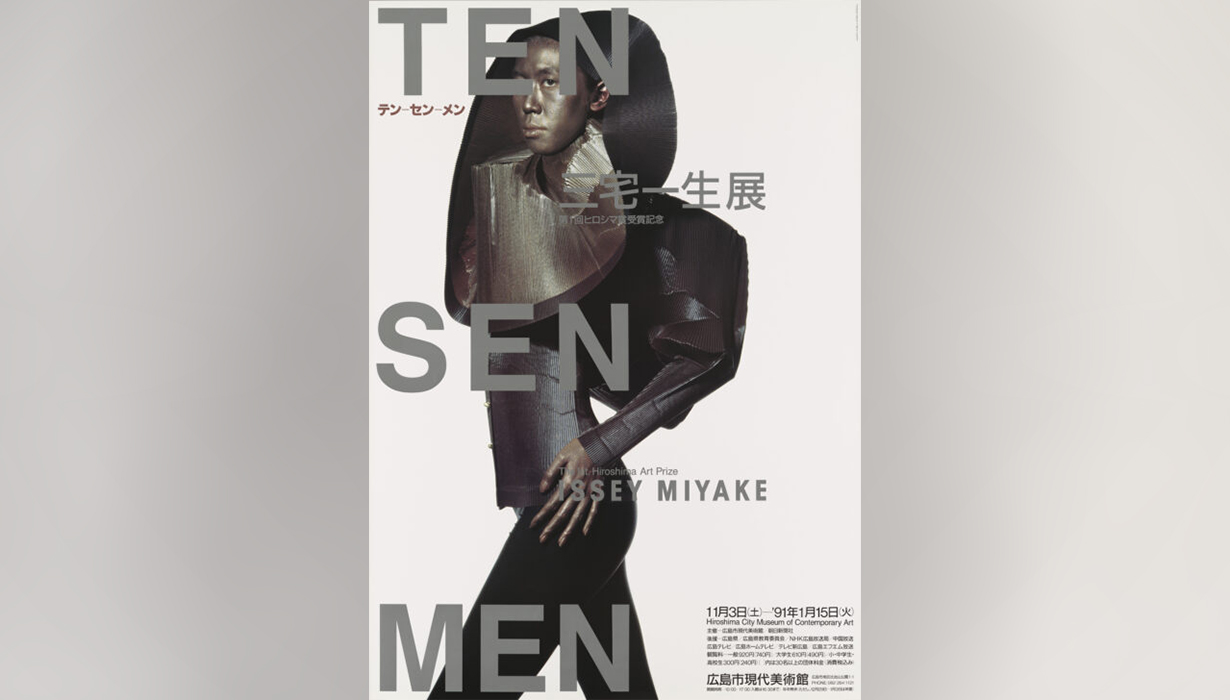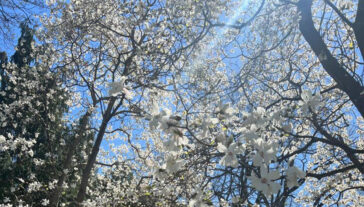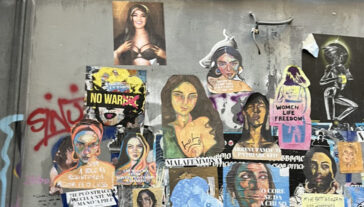The Convergence between Fashion and Visual Arts: Aya Takano x Issey Miyake Fashion Show

Fashion often gets overlooked as an art form, but it’s actually a powerful means for people to express themselves creatively. Whether it’s designing clothes or styling them, fashion allows individuals to convey their identities. The meticulous process of garment creation, from fabric selection to design, is purposeful, culminating in the creation of wearable art. What adds depth to fashion as an art is the incorporation of visual art into garments. Here, clothing transcends and becomes the canvas for visual expression. One noteworthy example is the collaborative AW 2004 fashion show of Issey Miyake and Aya Takano, where fashion seamlessly merged with visual art, showcasing the transformative potential of this fusion.
For those not aware of these two individuals, here’s a brief introduction:
Aya Takano stands out as a notable artist within the postmodernist Superflat Movement, which finds its roots in anime and manga and was pioneered by artist Takashi Murakami. Takano’s journey began in 2000, after graduating from university, when she became Murakami’s assistant, later developing into a mentor-mentee relationship. Under Murakami, she became a part of his art production company, Kaikai Kiki. Her earliest breakthrough came in 2001 when her work was featured in Murakami’s group exhibition “Superflat,” which solidified her position in the art world. Takano’s artistic style is known for her portrayal of doll-eyed, androgynous figures. In an article by CoBo Social, when discussing her use of these figures, she states, “In the future, I believe ‘gender’ will solely be the word to describe the mechanism of an individual body.” This perspective on gender and her depiction of androgynous figures could also be influenced by one of her major inspirations, 1980s manga artist Osamu Tezuka, known for works like “The Legend of Dororo,” “Princess Knight,” and “Astro Boy,” which often featured androgynous characters and protagonists.
Issey Miyake is celebrated as one of Japan’s most famous fashion designers, known for iconic collections like “PLEATS PLEASE,” a technique that can be seen in the image of this article, “TEN SEN MEN.”He studied graphic design at Tama Art University, where his unique perspective of fashion as design rather than mere clothing gained attention. After graduating, Miyake gained experience in France and the US working for multiple fashion houses before returning to Japan in 1970, where he established the Miyake Design Studio. Miyake’s core philosophy centers on the idea of crafting garments from “a piece of cloth,” exploring the intersection between the body, the fabric, and the space they create, transcending geographical distinctions like “East” and “West.” Further, he achieved global recognition through his blending modern technology with traditional techniques and revitalizing ‘outdated’ designs for a modern audience through functionality. While his collections are typically renowned for their design, structure, and textiles over color, his collaboration with Aya Takano on the runway unveils a different aspect of his artistic vision, showcasing the range of his talent.
Moreover, Regarding Miyake and Takano’s collaboration for the 2004 Autumn-Winter Fashion Show, a noteworthy aspect that sets this collection apart is its emphasis on ready-to-wear garments. This highlights Miyake’s expertise he refined during his time working overseas. This focus, combined with Issey Miyake’s emphasis on fabric and its interaction with the body, results in pieces that are truly distinct within his body of work. Miyake seeks to highlight Takano’s artistry, seen in the sleek, simple, and occasionally flowing silhouettes that serve as a perfect backdrop for her vibrant artistry showcased on the runway through a light and bright color palette. The use of flowing fabrics not only brings the art to life but also creates a captivating sense of movement. This contrast is further accentuated by the abundant use of mesh and tulle in the collection, creating an illusionary effect. Ultimately, it merges the wearer with the art, blurring the lines between art and clothing.
To view images from this collection and explore other fashion collaborations with Aya Takano, check out another article titled “Aya Takano’s Superflat in the West”.
In this collaboration, Miyake isn’t merely applying visual art onto fabric; rather, he uses Takano’s art as a guiding inspiration while infusing it with his unique vision. This can be observed in his choice of silhouettes, fabrics, and layering techniques. Takano once stated in a 2004 Hi Fashion (ハイファッション) magazine interview, “If you respect only the picture too much, there is no point in collaboration. It is the designer’s job to break the picture and make it new.” This sentiment underscores the transformative nature of their collaboration. Takano’s art serves as a starting point for Miyake to create something fresh and innovative, transforming not only Takano’s art but also Miyake’s.
More from UMMA


